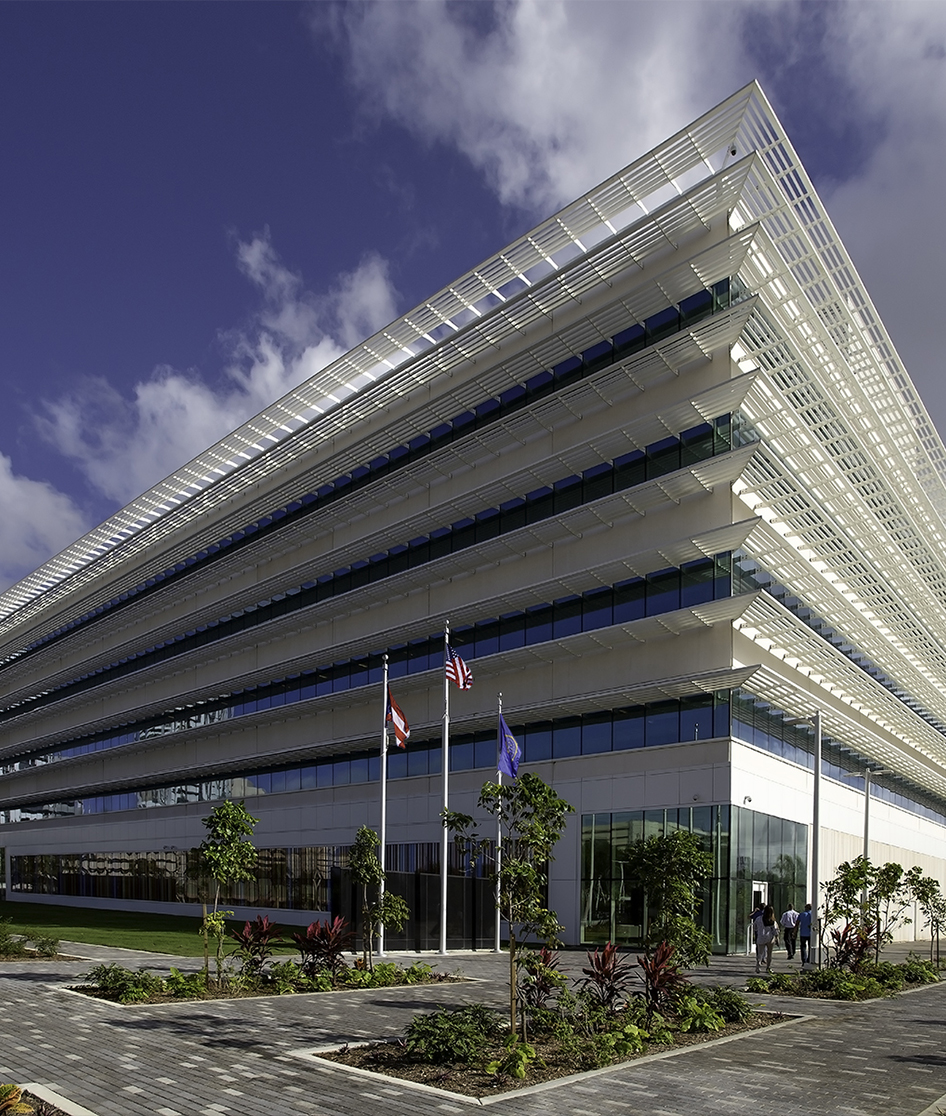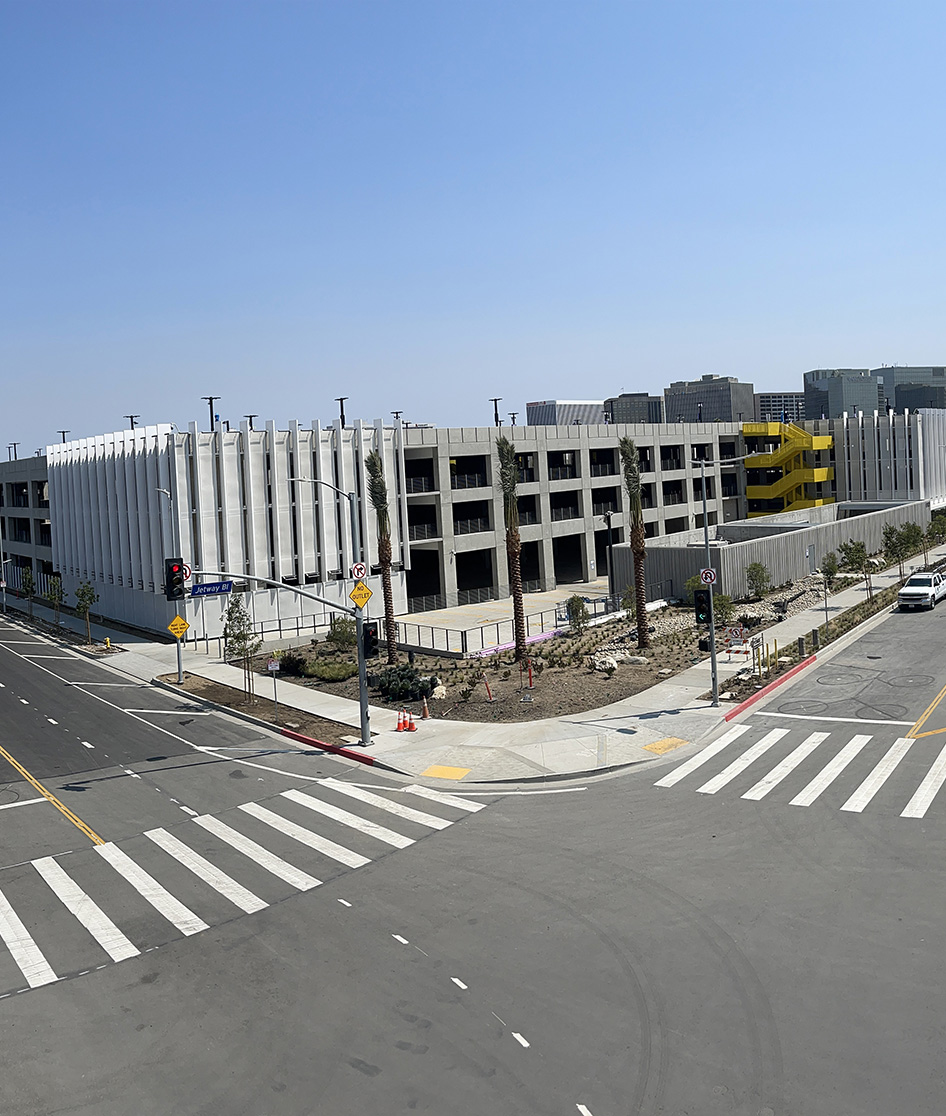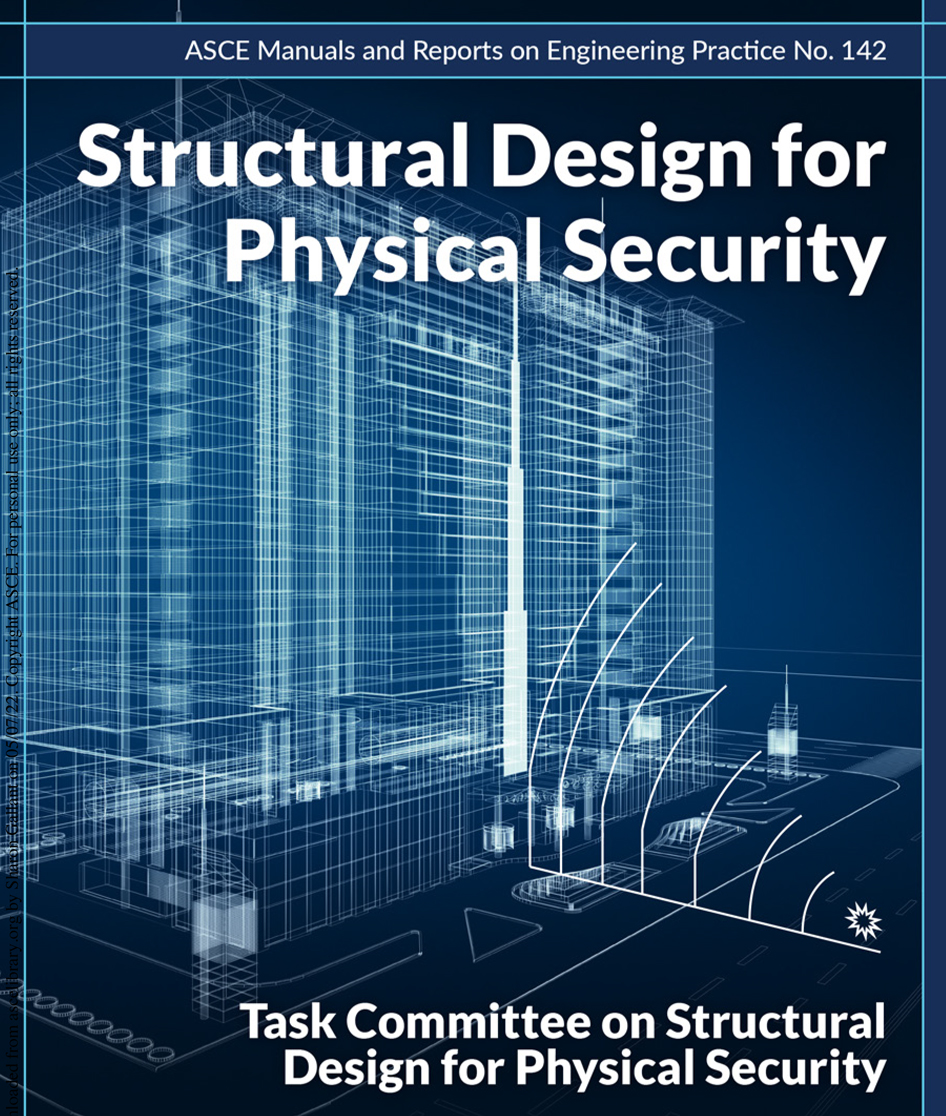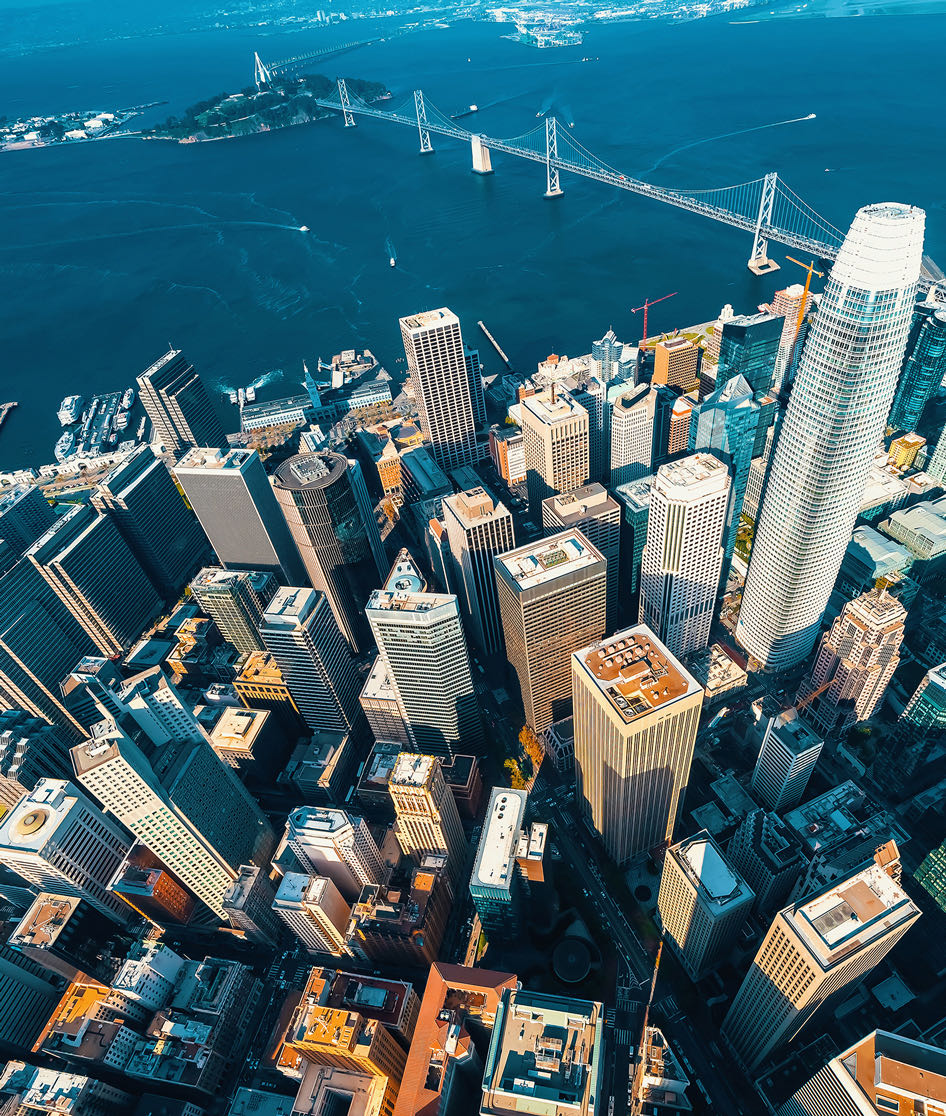
Defensive Security Design that Respects and Enhances Architectural Aesthetics, Sustainability and Resiliency
The Protective Design Group’s mission is to protect life, property and operations by developing protective design measures that reduce risk exposure and vulnerabilities while enhancing resiliency. We work closely with the design team, owner, and stakeholders to understand their security needs and make informed, risk-based design decisions for their facilities. We integrate conventional and protective design, for both natural and man-made hazards, into a thoughtful and coordinated system that spans across all disciplines.
100+
antiterrorism force protection projects40+
embassy projects50+
projects greater than $20MWe work on comprehensive Protective Design solutions with many public and private clients including:
- Department of Defense
- Department of State
- General Services Administration
- Federal Bureau of Investigation
- Department of Veterans Affairs
- California State Courts
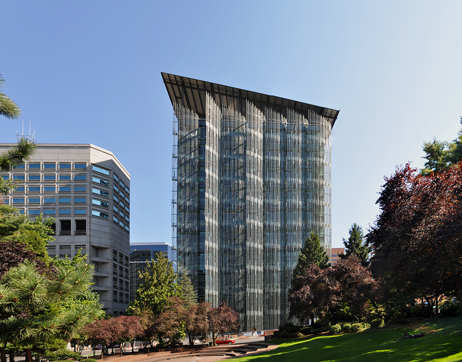
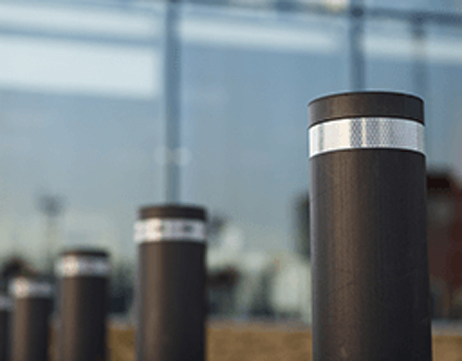
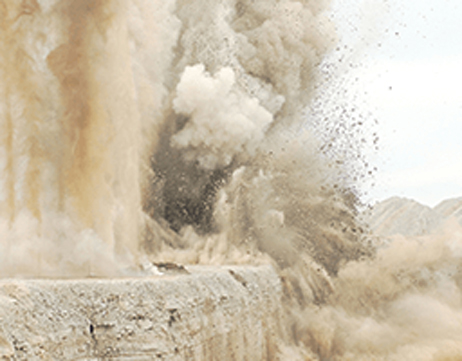
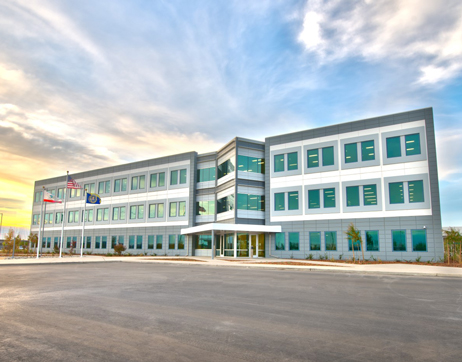




Blast Engineering
We collectively bring over 25 years of experience in the design of buildings for air-blast loading effects. Focused on design, our value is in ‘bridging the gap’ between research and the built environment. We understand how to support a team of design professionals and builders through our proactive participation in the design process and unique ability to translate complex concepts into simple design solutions.
Our approach to blast engineering is dedicated to bringing the most appropriate approach to each new design challenge. We start by breaking down even the most complex problem into single elements and utilizing fast-running, non-linear dynamic analysis methods to produce an efficient and reliable design. As we identify unique, atypical conditions that require further study, we implement advanced analysis methods, such as finite element, to further validate and refine the design.
Services include:
- Far-field and close-in air-blast load prediction
- 3D building performance visualization
- Confined explosion effects
- Non-linear dynamic analysis
- Structural modeling and design
- Facades modeling and design
- Fragmentation effects
- Shock and impact modeling
- Explosive safety consulting for DDESB or NOSSA compliance
- Conventional weapons effects
Perimeter Security Design
Whether designing landscaping measures or pedestrian and vehicle barrier systems, we work with site designers and engineers to develop a comprehensive and effective site security design to enable effective surveillance, articulate way-finding, enforce standoffs and deter, delay and defeat a vehicle attack.
Vehicle ramming is a common occurrence, whether intentional or accidental. We offer analytical and consulting capabilities to evaluate site topology and determine a vehicle’s angle and velocity of impact. We support the development of product specifications, selection and evaluation of manufactured, tested systems; and the analytical modeling for adapting barrier products to site conditions. Our goal is to provide a perimeter barrier design that is both effective and sensitive to a site’s aesthetic.
Services include:
- Site Security Design Consulting
- Vehicle Impact Vector Analysis
- Anti-ram Barrier Modeling
- Performance Specification Development
Physical Security Planning and Design
Bringing an integrated and holistic approach to security design, we proactively engage the owner, their security force and design team to identify risks and develop implementable design solutions to achieve a ‘defense in depth’ approach. Working from the site perimeter to the inside of the building, we provide high-level consulting for site design, architectural space planning and facade, structural and utility protection.
We routinely collaborate with operational/electronic security consultants to bring an efficient and effective team of professionals to provide the following services:
- Threat/Vulnerability Risk Assessments (TVRA’s)
- Development of client or project-specific security design criteria
- Risk and cost-benefit studies
- Implementation of protective design solutions for new facilities
- Existing facility assessment and upgrade
We also implement the full spectrum of government physical security design criteria including:
- Department of Defense
- Department of State
- General Services Administration
- Federal Bureau of Investigation
- Department of Veterans Affairs
- California State Courts
Progressive Collapse
One of the most devastating types of building failures, progressive collapse can lead to catastrophic consequences including potential loss of life, long-term disruption of operation, and widespread financial impact. By incorporating the ductility and continuity required to bridge the loss of critical elements, design for progressive collapse increases protection of a structure for a myriad of extreme hazards, both natural and man-made.
Our engineers are active in industry as contributing authors to the development of standard of practice criteria used by the U.S. government. We apply both indirect and direct design methods, including linear static and non-linear dynamic procedures. We strive for efficient, cost-effective solutions by bringing the most appropriate analytical approach to the facility design given the complexity of the structure.
Contact Protective Design Group, US
This site is protected by reCAPTCHA and the Google.
Privacy Policy and
Terms of Service apply.
